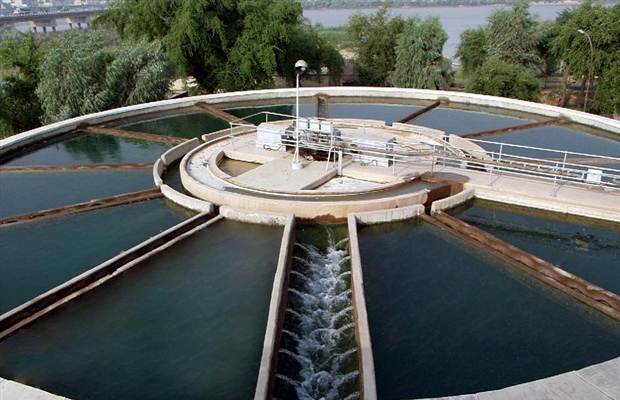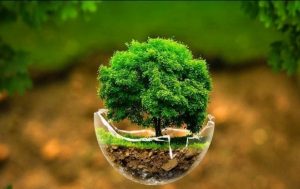The increase in population, the development of industries and excessive consumption of fossil fuels have caused a period of energy crisis. Also, the use of fossil fuels, followed by the increase in greenhouse gas emissions and global warming, has caused people to pay more attention to sustainable and renewable energy sources with less pollution. Water, as one of the most essential natural resources of the earth, without which it will not be possible to live, is decreasing, so the increase in water consumption and energy demand causes many concerns about energy security and wastewater treatment.
Reuse them in order to return to the cycle of nature and help preserve the environment as much as possible. The increasing growth of industrial activities followed by non-compliance with environmental requirements has caused large amounts of pollutants to enter the environment and cause many problems during the last few decades.

Cyanobacteria such as Spirulina palatensis have received a lot of attention in recent years due to the potential of their use in biotechnology industries. The idea of using cyanobacteria in industry was first proposed about six decades ago, and after that there were numerous reports about their use in The process of biological treatment of water and wastewater and soil contaminated with pollutants has been reported. Microalgae include various activities of environmental balance to control pollution in the environment. They not only act as a factor to remove greenhouse gases from the earth’s atmosphere, but they can also be used for wastewater treatment and environmental pollution control. In order to overcome the defects related to the usual methods of wastewater treatment, which is the most important, prominent and fundamental step in the direction of preserving and cultivating the environment, biological treatment using microalgae has been widely studied in the past decades. Many studies have shown that microalgae have great potential to remove nitrogen and phosphorus.

The main mechanisms of algal nutrient removal from wastewater include intracellular uptake and removal of ammonia by increasing pH. In 2012, they achieved 90% removal of ammonia and 90% of phosphate by cultivating Sandesmus microalgae in the effluent after the UV stage of the sewage treatment plant. In fact, a high removal efficiency of nitrogen and phosphorus of about 80-100% from wastewater in different sources (for example, agricultural, industrial and urban) has been reported by microalgae. treated for 5 to 14 days in a discontinuous system with a volume of 5L, they were able to remove 100-2.41% of nitrogen and 2.12-100% of phosphate. Also, by cultivating spirulina in a discontinuous system, they removed 3.99% from municipal wastewater. Nitrogen and 2.95% phosphorus were obtained. In addition, the use of spirulina algae to remove nutrients has several advantages:
-Nitrogen and phosphorus absorbed by microalgae can be recycled by producing fertilizer from microalgae biomass.
– The resulting biomass can be used to produce bioenergy, food and animal feed and medicines.
– Wastewater containing oxygen is discharged to water sources.
Spirulina algae can also have a value-added process that reduces its environmental impact. In order to improve such a scenario, it is necessary to find alternative sources of nutrients for algae growth. A practical suggestion is to link algae cultivation with wastewater treatment. The integration of spirulina biomass production with wastewater treatment is now recognized as a solution to economically support the industry.
It should be noted that such an idea and such researches can be very important from two environmental points of view and the economic value of recovering nutrients in wastewater. The necessity of implementing the project from an environmental point of view is that urban sewage contains nutrients such as nitrogen, phosphorus and organic substances needed for the growth of microalgae, which are removed in the treatment plant according to physical, chemical and biological processes. Especially industrial materials that are difficult to dispose of, in addition to high organic load content, contain nutrients such as nitrogen, phosphorus, and potassium, which make it difficult to dispose of and have become one of the severe environmental concerns and a threat to the quality of water bodies. . Waste disposal and treatment costs double the need to use low-cost and economic alternative methods.
The necessity of implementing, from the point of view of the value and application of nutrients in wastewater for the purpose of algal biomass production, for the mandatory human approach in low-cost wastewater treatment and biomass production as a source for biofuel production, any research or action to achieve greater efficiency. It can be supported and welcomed.
Algae Dream of Pars hopes that by presenting these materials, it will be able to introduce environmentalists as well as wastewater treatment plants to the value of using microalgae, especially spirulina microalgae, and how to use it in order to optimize and manage waste.










